Tenmoku teacups all have varying degrees of "flaws," which cannot be deemed as actual defects. The aesthetics of ancient people regarded such simplicity and naturalness, beyond human control, as a form of beauty, which is commonly referred to as "yuye," or "tear drops" in the glaze.
During the high-temperature firing process, the glaze flows and then stops flowing at a certain temperature, causing the glaze to solidify in a particular location. The ancient people also used the phrase "the bigger the bead, the truer it is" to describe this characteristic of Tenmoku teacups.
In comparison, if the patterns are similar, Tenmoku teacups with yuye are rarer than those without. The more yuye there is, but without damaging the teacup, the more rare it is. The more yuye is parallel to the base, the rarer it is, and therefore, the higher its collection value.
Kai Pian.
Kai Pian is a natural cracking phenomenon that occurs on the glazed surface of porcelain, and therefore, is not considered a defect. On the contrary, people have mastered the pattern of Kai Pian and created crackle glaze, which has become a special decoration for porcelain. Ru, Guan, and Ge kilns in the Song Dynasty all produced such products. Kai Pian is also called "ice crackle pattern" and can be divided into various patterns based on color, such as eel blood, golden thread, and light yellow roe pattern, as well as based on shape, such as grid pattern, plum blossom pattern, and fine crackle pattern.
Therefore, most Tenmoku porcelain has a crackle glaze process, and the time it takes to form the pattern varies. Some teacups may have crackle patterns immediately after coming out of the kiln, while others may take several days to display the crackle pattern.
Tenmoku glaze pinholes.
If you look closely or use a magnifying glass, you may notice that some Tenmoku teacups have tiny pinholes on the glaze surface. Many teacup enthusiasts have questioned whether these pinholes are considered defects. In fact, the craft of Tenmoku teacups determines that these pinholes will appear on the finished product. As we all know, Tenmoku teacups are made of clay with a high iron content, unlike other porcelain that uses kaolin clay. Even the most skilled craftsmen cannot completely eliminate the formation of small holes on the surface, despite good vitrification. However, they can minimize the size and number of these pores. Therefore, these pinholes cannot be considered defects.
This is actually a common saying in the Tenmoku industry: "No pinholes, no Tenmoku; no Tenmoku, no pinholes."
Crazing
The local crazing like this is definitely a flaw. However, some craftsmen now specialize in firing teacups in the crazing style, called "tea tree cups". If that's the case, crazing can't be called a flaw, but rather a distinctive variety of teacups.
Overcooked or burnt.
This kind of glaze, like the above-mentioned shrunken glaze, is relative in terms of whether it is a defect or not. There is no clear definition, and they all belong to special glaze surfaces. Many tea bowl enthusiasts treat them as alternative tea bowl varieties to play with and collect. The "gray-skin glaze" of slightly underfired tea bowls and the "persimmon red glaze" of slightly overfired tea bowls are both popular varieties in the gray glaze tea bowl category.
The bottom of the vessel is slightly uneven.
When the Tenmoku tea bowl is placed on a flat tabletop, it may sway slightly. Upon closer inspection, this is caused by individual clay particles or foreign substances adhering to the bottom of the vessel. In general, it can be smoothed out with sandpaper to achieve a level bottom, which is not considered a defect.
There is a grainy texture when touching the rim of the tea bowl.
Tenmoku tea bowls are made with the addition of quartz sand, which not only produces an iron base, but also increases the heat resistance of the clay and reduces the waste rate of the tea bowls. As the rim of the tea bowl is almost unglazed, the quartz sand is not entirely covered. This may cause small protrusions visible to the naked eye or a grainy texture when touched by hand. However, this phenomenon is not considered a defect.
Mottling or color variation on the glaze surface.
Tenmoku tea bowls are made with raw ore glaze and natural materials, and the clay used is also unique to Tenmoku. The patterns on the tea bowl are the result of a dual reaction between the glaze and the body of the tea bowl. Therefore, any uneven factors in either the body or the glaze will inevitably result in mottling or color variation on the glaze surface.
The firing of Tenmoku tea bowls in many glaze colors forms a narrow temperature range, where even a difference of 1°C can result in significant changes in the patterns. Such a narrow firing threshold naturally makes it more susceptible to unevenness.
The glaze on the rim is slightly dry.
Firstly, it should be noted that many tea bowl enthusiasts have been misled by "fake experts" who claim that any Tenmoku tea bowl with a dry rim is a subpar or inferior product. This is completely wrong.
Tenmoku tea bowls are first and foremost a complete entity. Certain patterns may require higher temperatures and greater glaze fluidity, resulting in thinner glaze on the rim than on the rest of the bowl. Therefore, it is natural for some patterns to have a dry rim. This is also the case with antique Tenmoku tea bowls from the Song Dynasty, which cannot be avoided.
For some tea bowls, high firing temperatures and strong reduction forces may result in a dry rim. In other cases, a slightly thinner body or glaze may also cause the rim to be dry. This is a gap that cannot be overcome in the creative process.
Another important factor that affects the formation of a dry rim is the shape of the tea bowl. Some shapes may be steeper, while others may be more gradual, which can affect the flow of the glaze. In situations where the color cannot be changed, artisans can match a pattern to a suitable shape to achieve the best expression.
"There may be unity in the kiln, but diversity in the finished products." "One firing may bring life, while another may bring death. Sometimes, it is better to be dead than alive." All of these are challenges that Tenmoku artisans silently endure, and it is also where the joy lies. Only by understanding all the "imperfections" of Tenmoku tea bowls can we truly appreciate the value of the exquisite tea bowls in our hands.


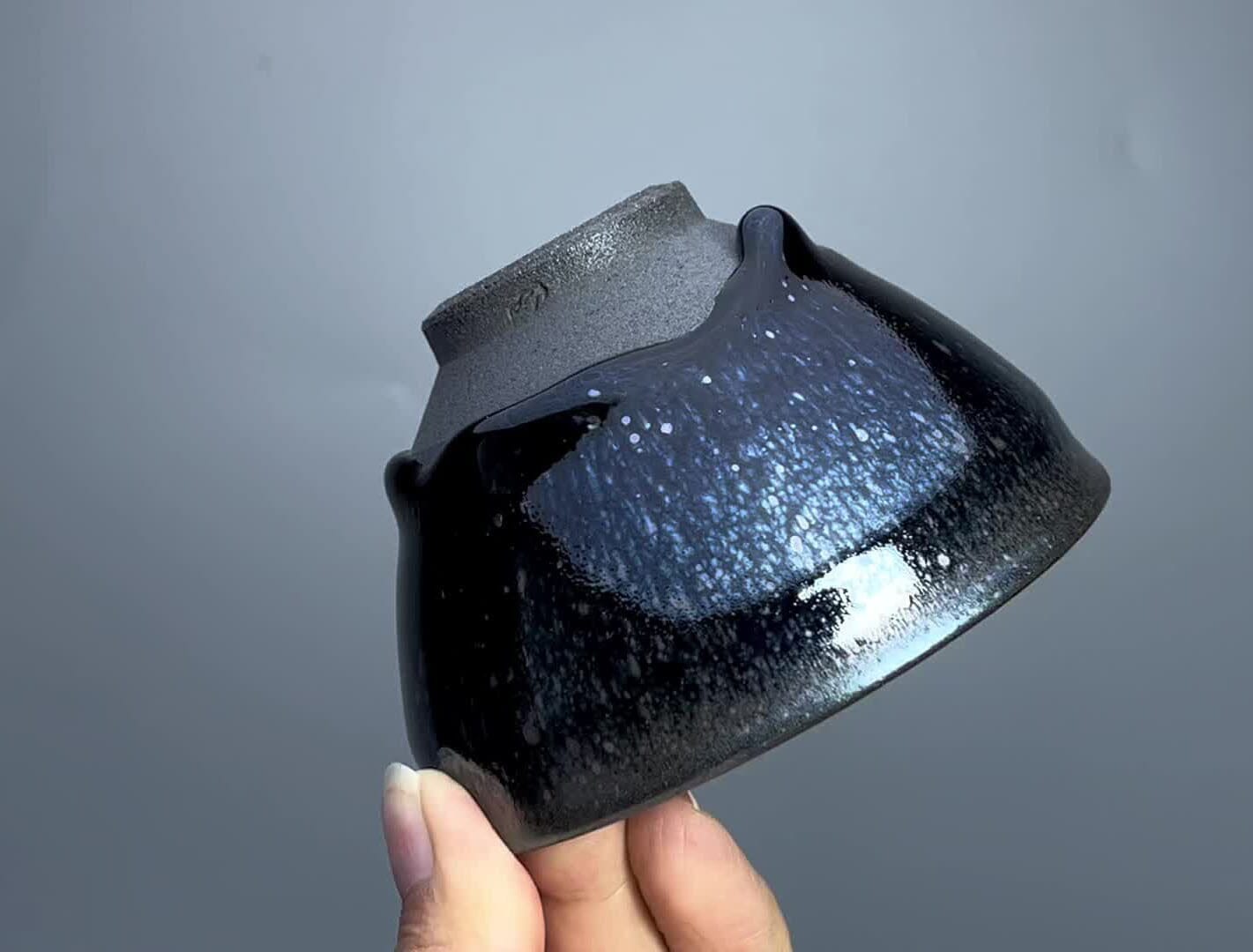
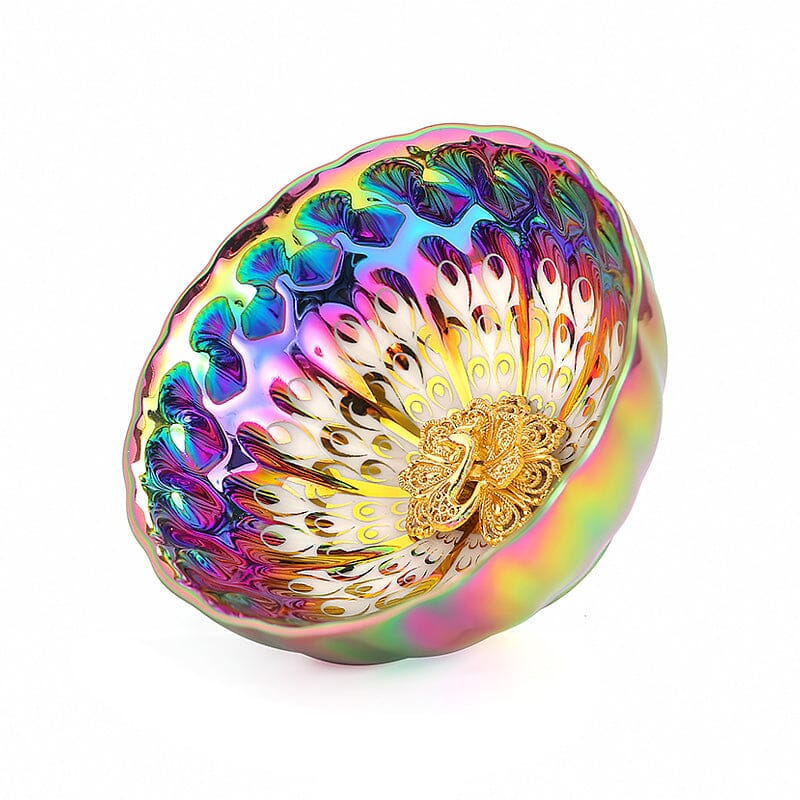
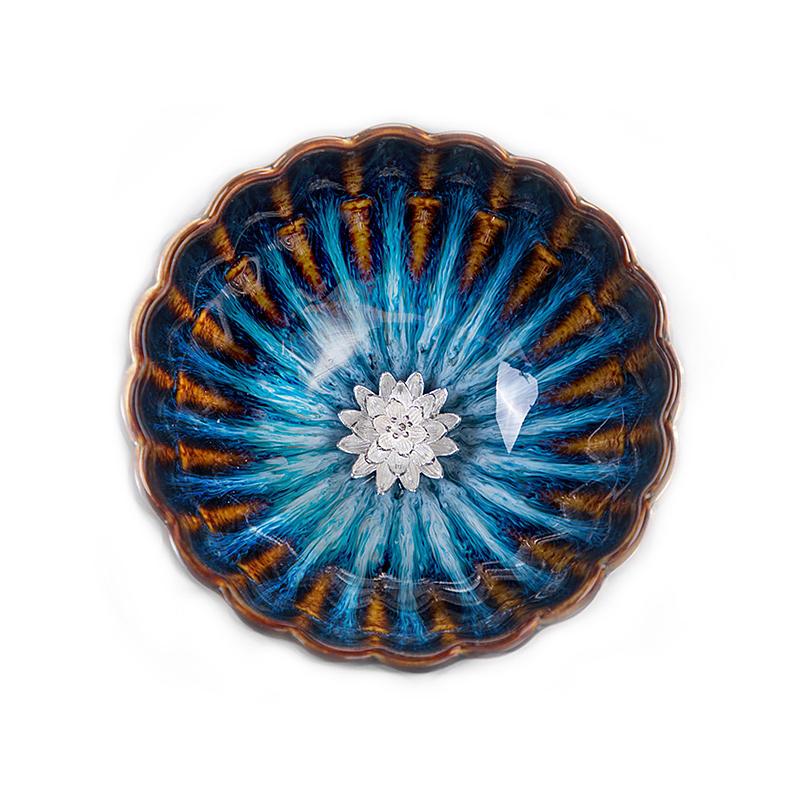
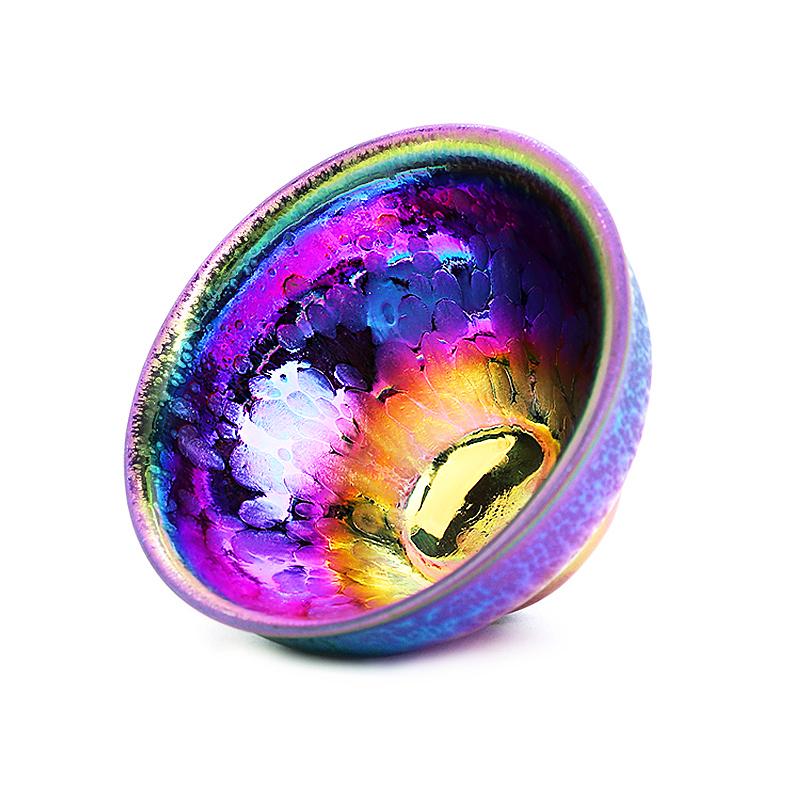
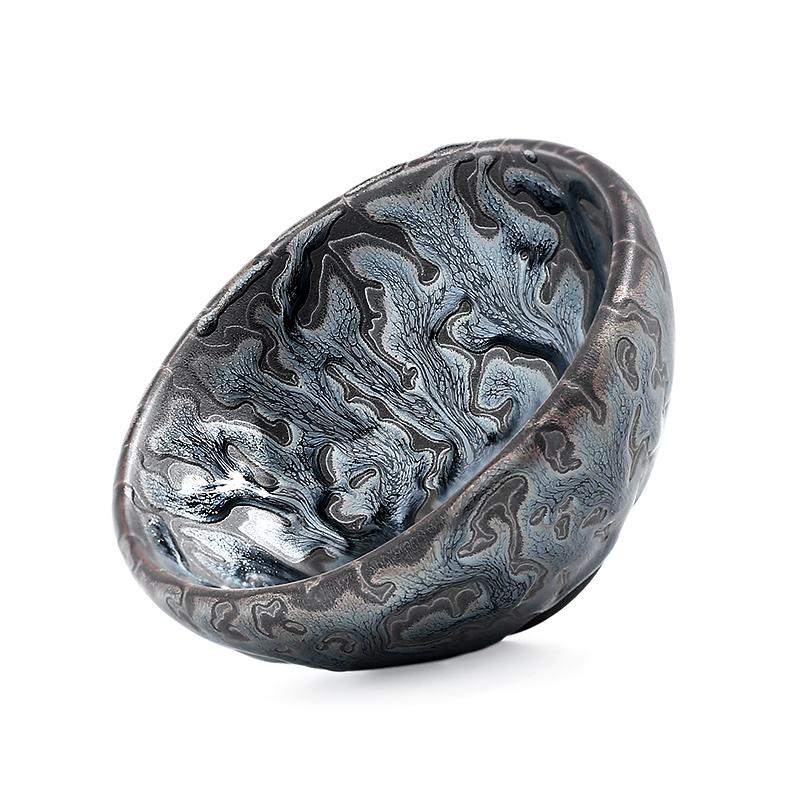
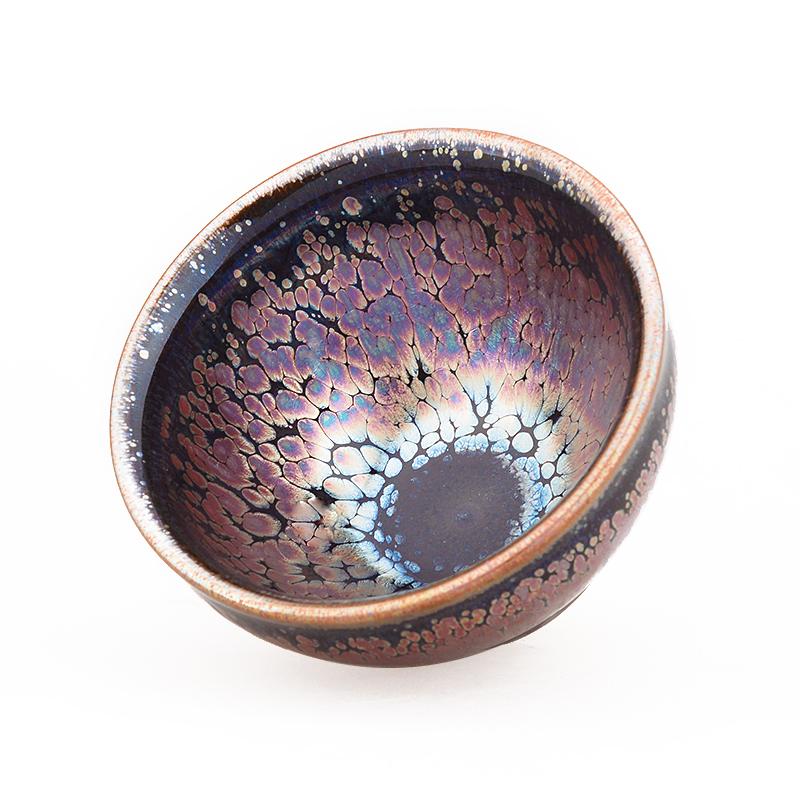
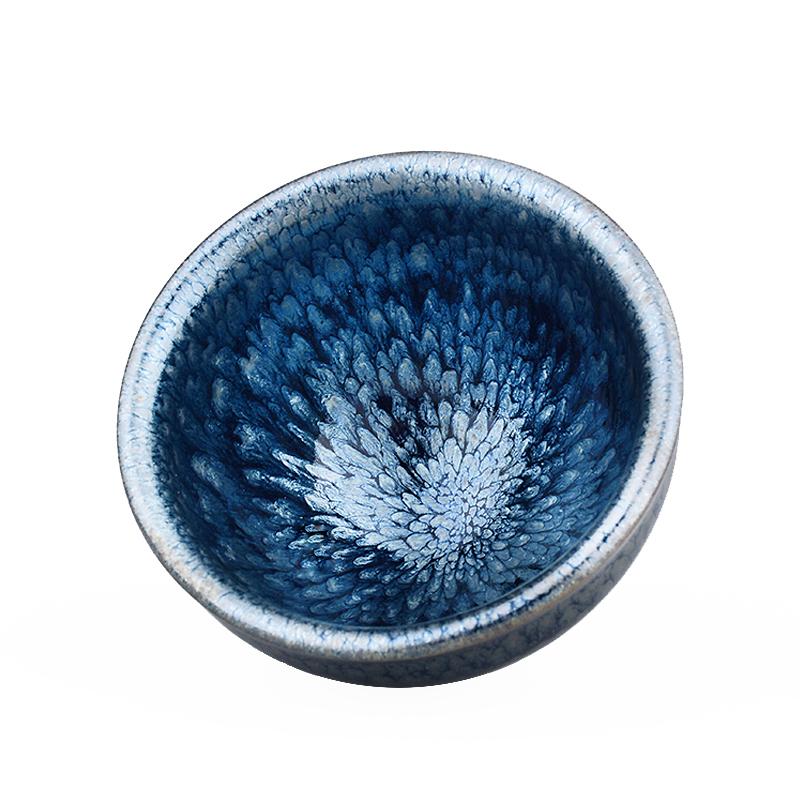
Share:
Playing with lanterns makes me become this kind of person
Between the breathing of a teapot, nourish the water and nourish the person